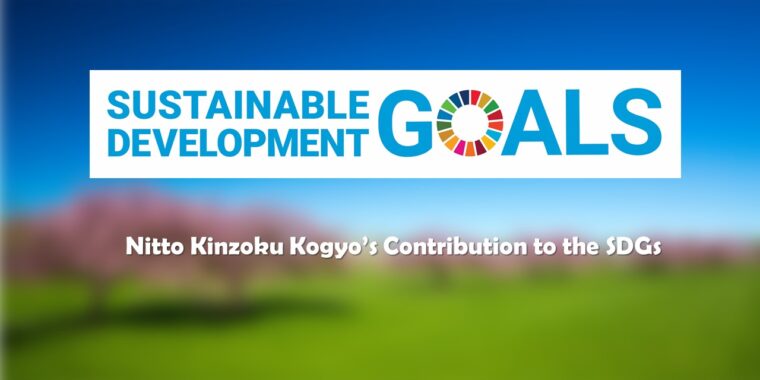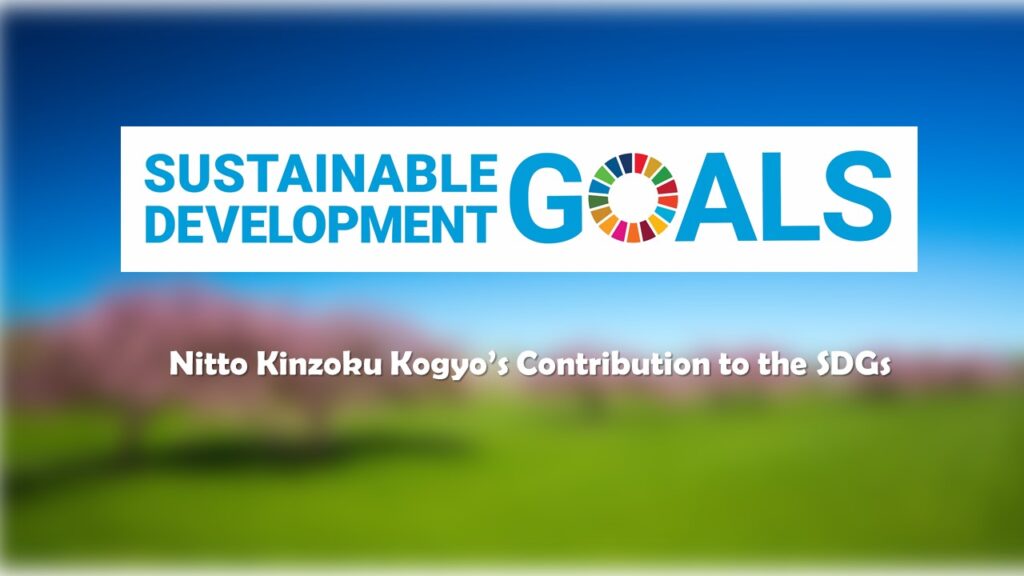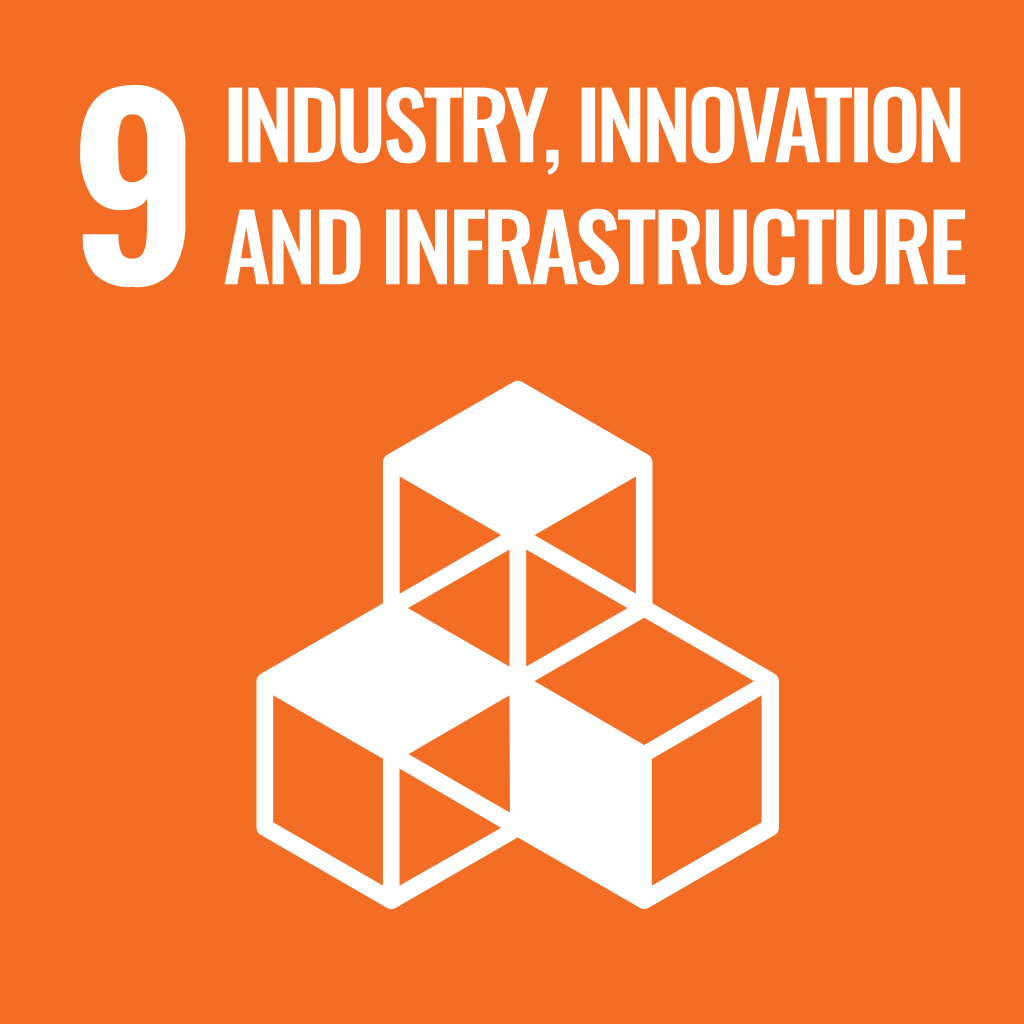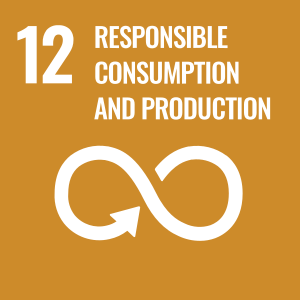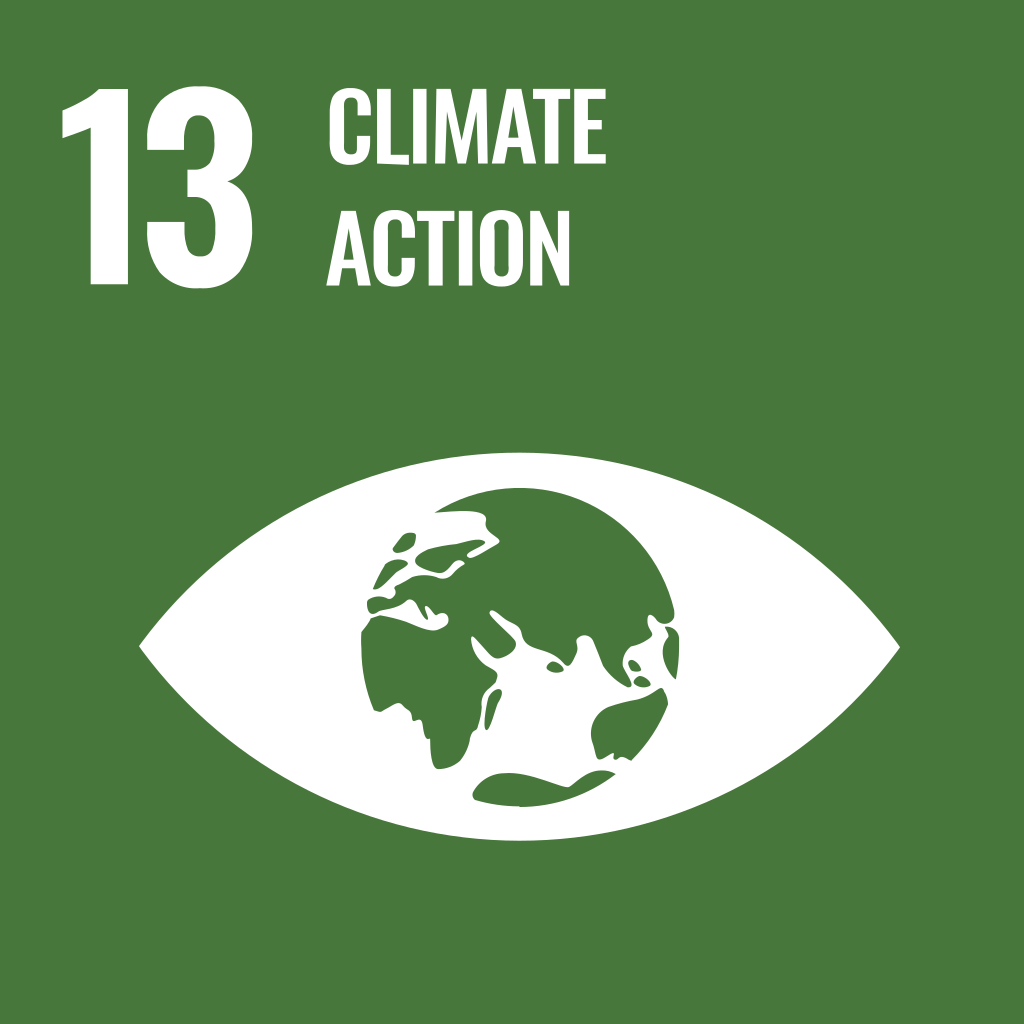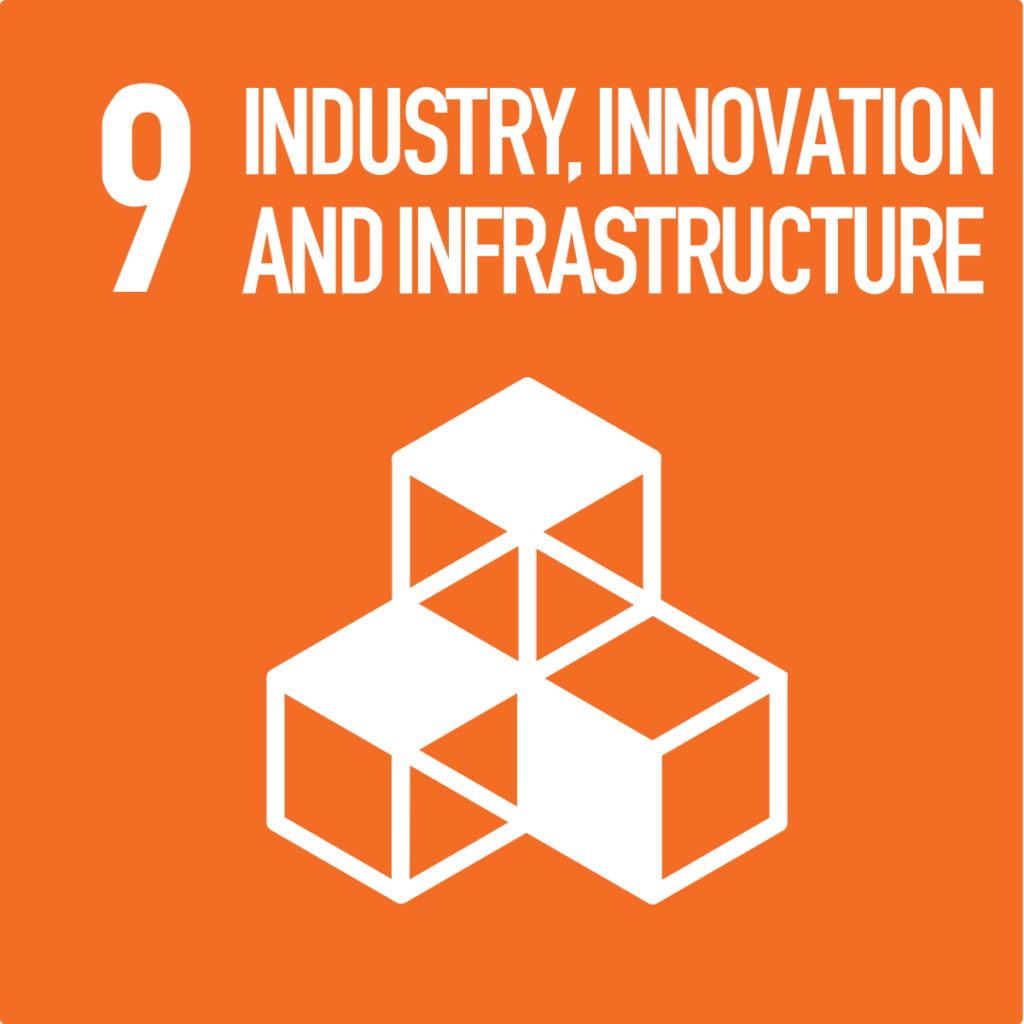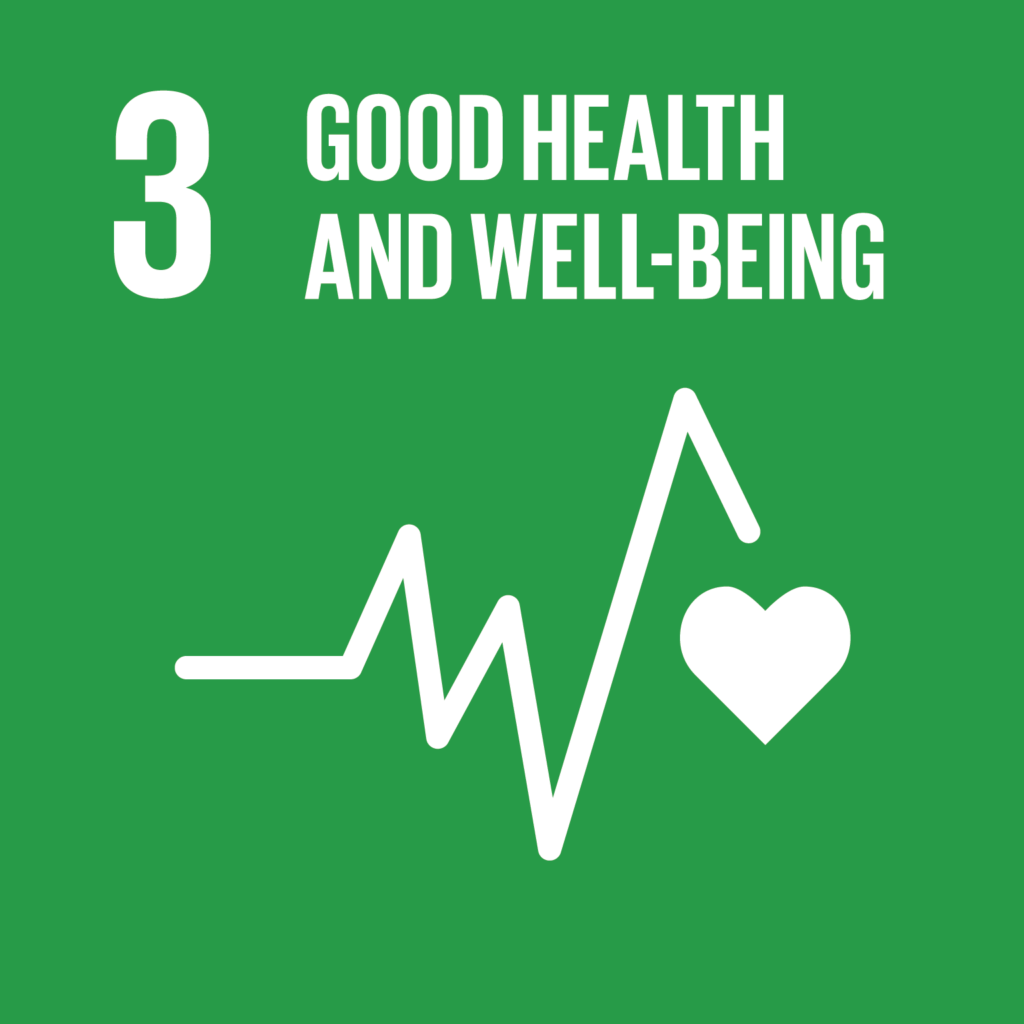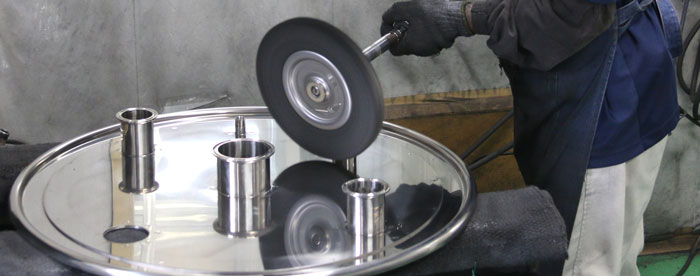Dear valued customers,
Our company will be observing a series of holidays in the upcoming days.
We would like to inform you that during this period, we will be unable to respond to inquiries.
We apologize for any inconvenience this may cause and kindly ask for your understanding.
Following the holidays, we will resume our regular support services.
Please note that we will address inquiries received during the holiday period in the order they were received once the holidays are over.
If your matter is urgent or requires immediate attention, we kindly ask that you contact us before or after the holiday period.
Holiday period: from 2023/05/03 to 2023/05/07.
We apologize for any inconvenience this may cause and thank you for your understanding.

